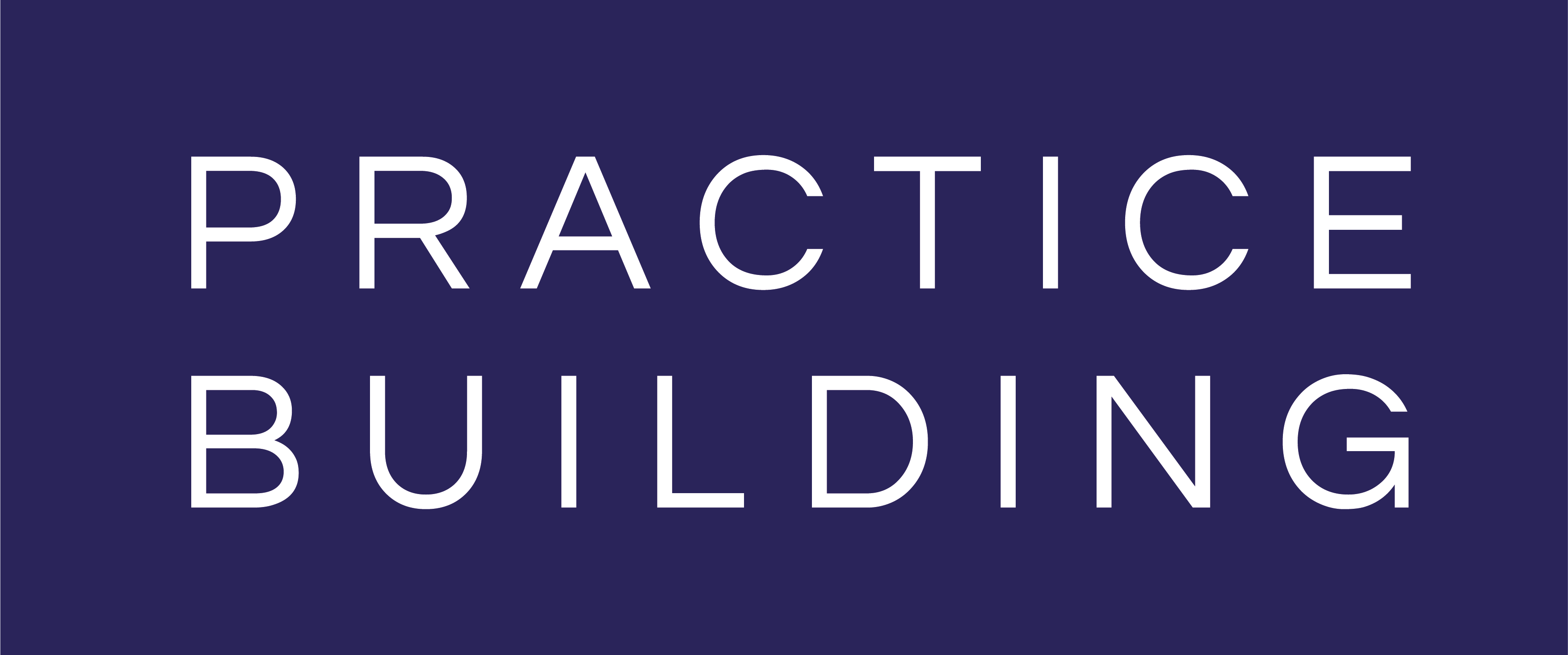

What's a Practice Worth?
Andy Clark 9.3.22
What’s a Practice Worth?
The short answer is that your practice is worth as much as you can get someone to pay for it!
It doesn’t matter what you think it should be worth, what you need it to be worth or even what a professional valuer says it’s worth. The valuation is a measure of how much a purchaser wants to buy, which is why so many businesses are not sold at the price at which they were originally valued by the vendor or the vendor’s advisers. I know that sounds flippant, but it’s true.
“Yeah but,” I hear you say, “I must know where to start a negotiation!”
It’s not an unreasonable request, so here’s a guide to valuing a small business.
First, we need to consider what a purchaser is really buying. They are buying the ability to create EARNINGS and the PRICE then depends upon the value of the predicted earnings per annum, multiplied by the number of years a purchaser can expect to take to recoup the investment, usually referred to as the MULTIPLIER.
So PRICE = EARNINGS X MULTIPLIER
Thus the MULTIPLIER = PRICE / EARNINGS.
“So if I can work out what the earnings are I can simply multiply them by the going rate multiplier and I’ve got my valuation?”
Here’s another “Yeah but”
Yeah but, there are a few different ways to calculate earnings and, there is no such thing as a going rate multiplier for an Independent Optical Practice. In the past few years, I have seen sales agreed with multipliers varying between the lowest at 0.75 and the highest at 4.8.
Let’s break it down a bit further.
Earnings.
How to calculate earnings? If someone is buying the ability to earn money over the next few years, let’s call it earnings potential.
“So, I just need to know how much the current owner earned last year?”
Not quite, you should also reduce the earnings by whatever it will cost you to replace the owner with an employee doing the same job.
For example. In the case of an owner Optom who has been paid a “basic” of £50,000 and has also drawn another £50,000 in bonuses, dividends, pension, and benefits.
£50,000 + £50,000 = £100,000
Now subtract the cost of employing an Optom to do the day-to-day work of the vendor, let’s say that’s £60,000.
So now Earnings = £50,000 + £50,000 - £60,000 = £40,000.
Another model considers the operating profit or EBIT as the starting point for the earnings calculation and then makes a similar series of adjustments to the above. Certainly adding EBIT to the equation increases the valuation but if that profit has been retained by the company to fund future investment or create a fund to pay liabilities it’s not going to be available for distribution and maybe should not be included in the earnings for the purpose of valaution.
Yeah but – what if last year’s earnings were particularly good? Maybe because the owner deliberately took a lot of money out and deferred spending any large amounts to inflate the valuation.
“So maybe I could use an average of the last three years?”
Good idea, but data from three years ago isn’t that relevant when predicting next year, so many valuations use a weighting formula over the previous three years to determine predicted earnings.
e.g. Calculate the Earnings from the three previous years where Y3 = 3 years ago, Y2 = 2 years ago and Y1= last year and apply the following
Predicted Earnings = ((Y3x1)+(Y2x2)+(Y1x3))/ 6
Brace yourself, here come a big fat “Yeh but”
Yeh but – Lockdowns, government support, furlough schemes and the fact that practices saw very few routine (low income) appointments mean that the earnings in the years 2019, 2020, and 2021 bear little relation to each other and none of them are an indication of what they might be in 2022 and onwards.
The “Multiplier”
If the above wasn't bad enough, let's take a look at the multiplier.
Here are some of the factors that influence how much someone will pay.
The Earnings Amount.
Too low and nobody wants it, too big and nobody can afford it.
Owner Dependency.
If patients will still turn up and the practice will continue to generate profits after the vendor has departed the multiplier tends to be higher.
Competition Tolerance.
A practice that is already surviving in a competitive environment will be worth more than one that would suffer if an aggressive competitor moved in down the road.
Number of Active Customers
This isn’t the total number of people in the database, it’s how many people are there in the database that we can we expect to return some time soon.
People who are due a recall are not considered to be as valuable as people who are signed up to receive regular marketing, and the most valuable patients of all are frequent spec purchasers and those who are signed up for bespoke planned eyecare.
Turnkey Systems
When all the most important systems and both documented and being followed by team, as opposed to being stored in the vendor’s head.
The Practice Team
An established well-managed competent team will make a purchaser’s life much easier, providing they like what happens after the sale. The caveat here is that a new owner who makes lots of changes to a practice to improve its performance will often find that the original staff who have habitual ways of working don’t like the new regime and leave.
In-house Sale.
Multipliers sometimes increase when the purchaser is already part of the team because they are already committed to the business and consequently more confident to invest in it.
Purchaser’s Motivation
Multipliers increase when the purchaser has a strong motivation to buy and limited choices.
Fixability
More entrepreneurial purchasers are looking for practices where they know that they can make changes that will increase earnings and reduce payback time.
The Level of Debt.
When you buy a Limited Company, you are buying, and become responsible for, its debts.
Requirement for Investment.
Is there a need for a significant investment in new equipment?
Will the shop fit last a few more years or are you going to have to spend a lot to bring it up to your standard.
Also investigate if there are any or imminent outstanding dilapidations due as part of the rental agreement, these can be huge bills sometimes.
Length of Lease Remaining.
How motivated would you be to buy a business if there was a chance that you could lose your lease imminently.
Last thoughts.
I hope that by now you don’t feel that my first comment that the value of a practice is precisely what a purchaser is prepared to pay wasn’t as flippant as it may have seemed.
If you are a practice owner, it is dangerous to assume that the proceeds from selling your practice will be sufficient to fund your retirement. It is far better to ensure that your business generates high earnings every year and invest some of it in your future.
If you are a potential purchaser, consider carefully what sort of practice you are looking for and weigh your options up against your conclusions. We will talk a lot more about the differences between practices and how to know which one is right for you in subsequent articles.
And finally, when it comes to buying and selling practices, your ability to negotiate an acceptable agreement for all is far more important than the starting valuation.
Like to Read More?
Sign up to our Mailing List to be the first to hear when new articles are released by the Practice Building Coaches:
About Us
Practice Building is dedicated to helping Independent Opticians create businesses that are secure, profitable and completely aligned with the life goals of their owners.
Contact
Phone:. +44 800 840 3988
Email Our Coaches
andy@practicebuilding.co.uk
matt@practicebuilding.co.uk
lucy@practicebuilding.co.uk
Email The Studio
lucy@practicebuilding.co.uk
Practice Building
Practice Building Limited
Summit House 4-5 Mitchell Street EDINBURGH EH6 7BD
Registered in Scotland United Kingdom
Company No. SC212182 VAT No 789 1495 67
© Copyright Practice Building 2025. All Rights Reserved.






